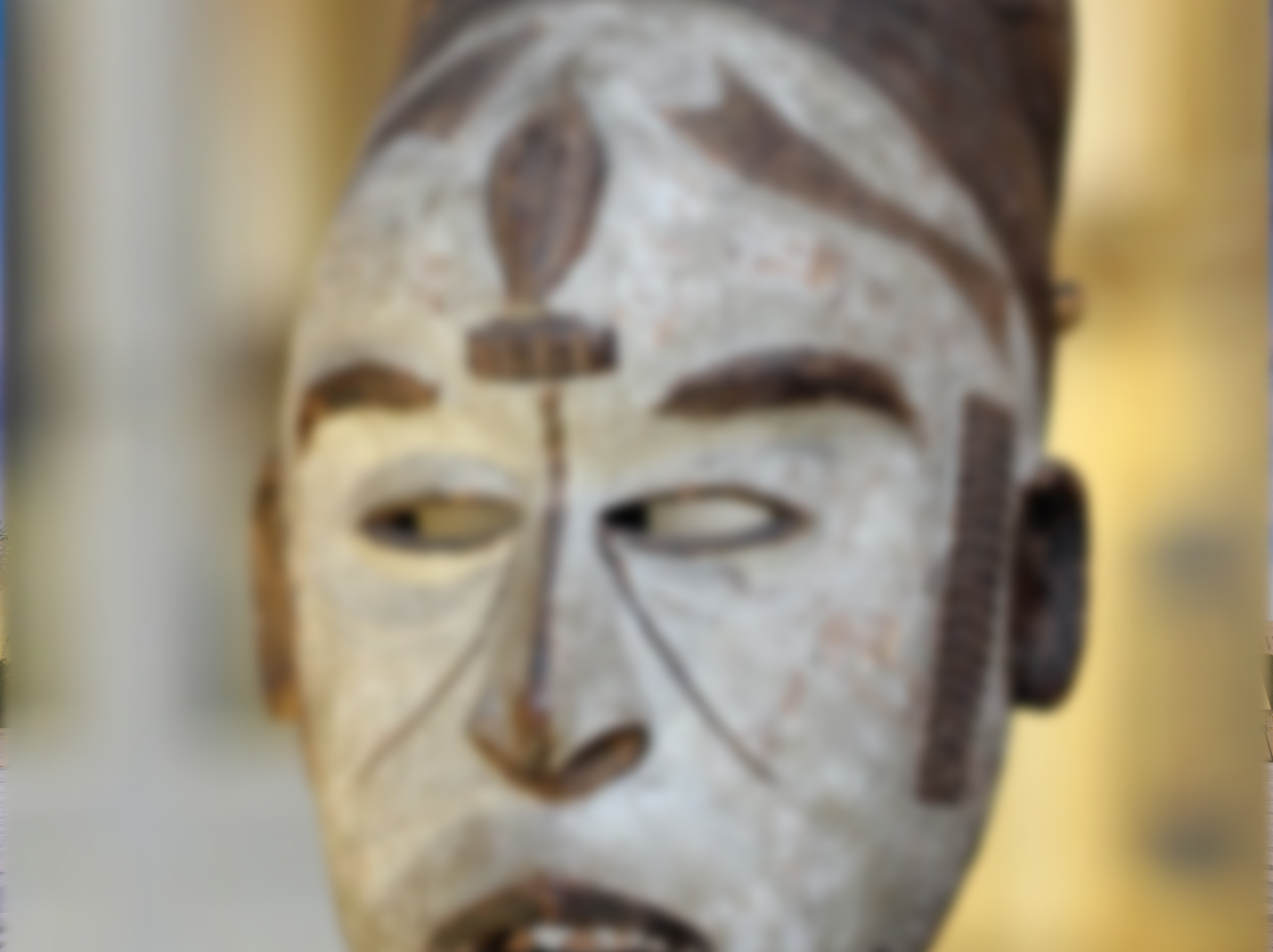
University of Oxford’s Pitt Rivers Museum recently made headlines for allegedly preventing images of Nigerian Igbo masks from being displayed in their online catalog because these masks, according to the Igbo people, should only be seen by males.
The museum’s director, Laura Van Broekhoven, who was hired in 2016, denied these claims, stating that:
[T]he Pitt Rivers Museum is not withholding an Igbo mask from display because it should not be shown to women.
Broekhoven, however, also wrote:
Some collections and imagery of them are not appropriate for general public access online, and in this case, direct contact with the museum staff is encouraged to discuss the research need to consult them.
What is one to conclude? Is the Igbo mask in question “not appropriate for general public access” because it is used and to be seen by men only? Or is there another reason to hide this digital image?
I spent over 40 hours searching the museum’s online catalog and found that multiple items considered “taboo” for women to see are not displayed online. For instance, an Australian ‘Bullroarer’ secret-sacred object, which is an instrument in which a piece of wood is attached to a string and swung to make noises, that has been digitized, is also listed as an item that the museum is “unable to show the media publicly” and it includes the description:
Within Australian Aboriginal Society this type of object is only seen, handled and talked about by initiated men from the appropriate geographical area and clan group.
And, even when choosing not to have “cultural warnings,” a warning nevertheless appears:
Users are warned that there may be images, words and descriptions that may be culturally sensitive and which might not normally be used in certain public or community contexts.
In one bullroarer description, there’s an additional note that:
Australian bullroarers and churinga are male ceremonial objects that are regarded in Australia as secret/sacred. Meaning they should not be seen by the public. Within Australian Aboriginal Society this type of object is only seen, handled and talked about by initiated men from the appropriate geographical area and clan group.
Interestingly, the churinga, a flat wooden instrument at the Pitt Rivers Museum, is also not being digitally displayed.
Upon making these and other discoveries, I asked the collection manager why the digital images were withheld, but I received no response. Thus, it is likely that those putting together the online catalog do not wish to display images that are not to be seen by women—even when one chooses to view the catalog without cultural warnings.
Further evidence of kowtowing to sex discriminatory practices that prevent the public, regardless of sex, from seeing these objects includes a statement in the description of the “magic flutes” from the Sawos of Papua New Guinea. Although the objects have yet to be digitized, the description states:
Magic flutes, thought to be the mouth pieces of the spirits, stored high up near the roof where the [sic] will not be seen by women.
I contacted the curator, asking if this description refers to how the items are stored in the museum or if it relates to how they are traditionally stored. I have not received a response.
Some cultures restrict handling of items by women; for instance, all of the Yavapai—a Southwestern Native American tribe—“medicinal” objects contain the statement:
Karen Ray, from the Yavapai Nation, came to visit with objects from Fort McDowell Yavapai Nation Reservation, on 10 November 2014. Karen said that Yavapai objects categorised as medicine should be handled by men only.
Once again, I asked whether women could handle these items at the Pitts River Museum, but I have received no response. It would not surprise me if female curators do not handle these items; I’ve written about such sex-discriminatory actions before, which have occurred at the Smithsonian Arctic Studies Center and on the Northwest Coast of the U.S. at the Makah Cultural & Research Center Museum.
It’s ironic that the progressive curation practices that the staff of the Pitts River Museum is engaged in come from backward sex-discriminatory traditions. Yet, the curators have also embraced the myth of the sex spectrum. For instance, in their exhibit Beyond the Binary, they claim that “colonial laws and beliefs criminalised and attempted to erase Indigenous gender and sexual identities.” And they argued that pre-colonial Indigenous culture included varied “gender expressions” and “sexual fluidities.”
I wonder how much of a man one needs to be to be able to handle and see sacred male-only objects!
In short, the Pitt Rivers Museum is likely adhering to its “radical” agenda of decolonization and cooperative curation, which has resulted in all human remains being removed from display and not being shown in the digital catalog. This progressive movement encourages statements that include “potentially, everything should be available for return.” Even the destruction of artifacts to prevent tribal peoples, such as the Maasai, from being irritated is considered a reasonable request, while female genital mutilation is lauded as a custom of “profound cultural and social importance.” The curators also embrace absurd myths, such as beliefs that “ancestral items are not objects; they are imbued with animate spirits or potential.” Further, they share concerns with the tribal members that sacred objects should only be “handled by the cleansed”—whatever that means.
Although the popular shrunken heads from Ecuador have been removed from display, and visitors instead see a nannying statement that they’ve been removed because visitors saw this practice as “primitive” or “gruesome,” it appears to me that the wrong shrunken heads were removed.
Picture by M0tty — Wikimedia Commons & Blurred for Effect by Jared Gould

You would think a tenured professor would be able to tell the difference between “handled and talked about by initiated men from the appropriate geographical area and clan group” and “handled and talked about by men”.
The former suggests that the museum will likely allow researchers, regardless of gender or sex, to access the item privately because it was intended to be handled by a specific secret society of initiates. But that wouldn’t fit your thesis that a museum restricting an image on their website to be respectful towards a sacred item is inherently sexist.